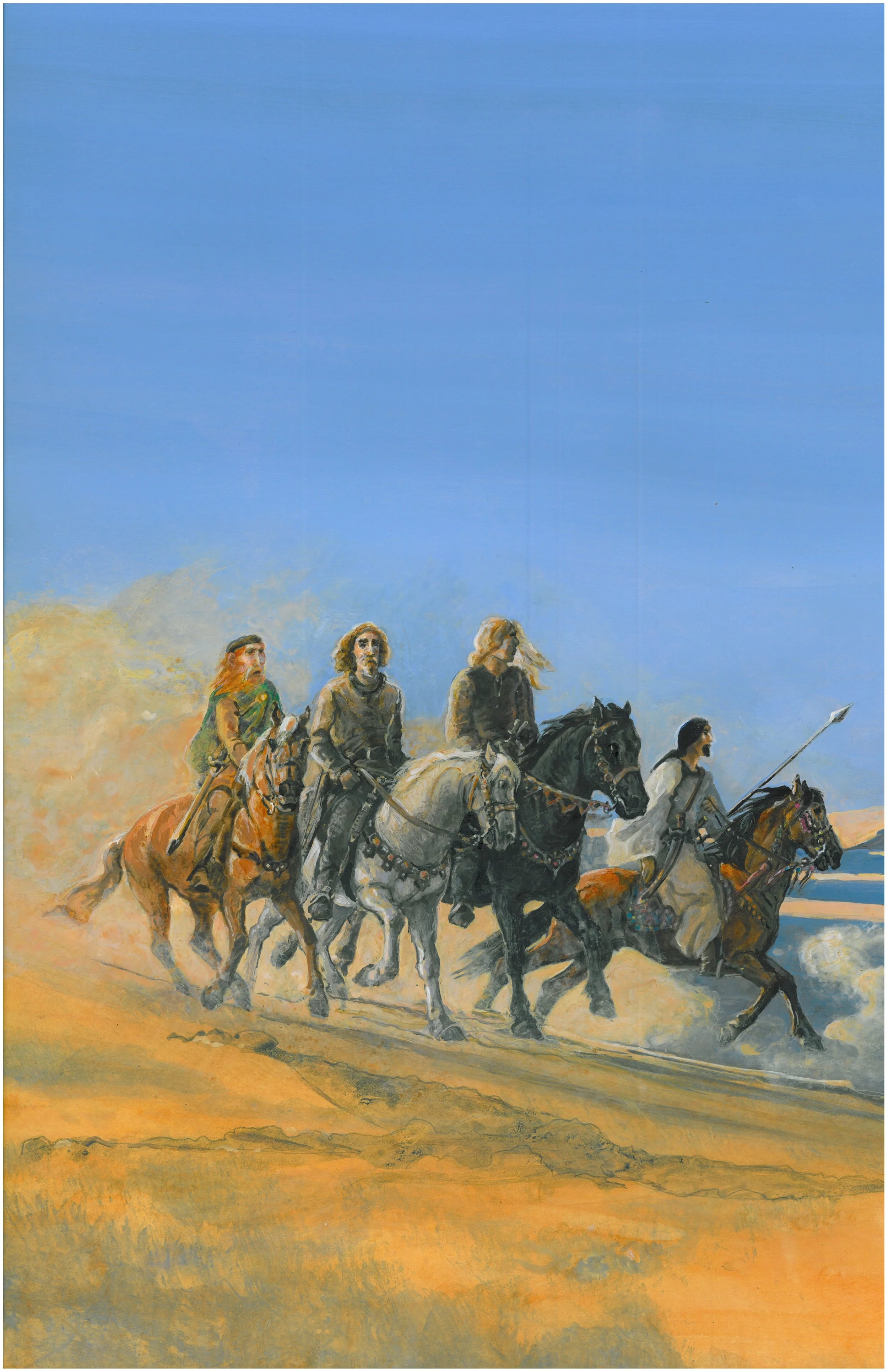How to Choose Your Illustrator | Part One: Understanding Your Project
/“Illustrations are literature in their own right and, whether used by themselves or integrated with written texts, they sharpen the perception of children, stimulate their imagination and increase their sense of observation.”
Whether you’re writing a children’s book or a technical manual, the addition of visual material does a great deal to add appeal, accessibility, and fun to your book. Illustrations can add life to a book’s front cover or inside pages, no matter what the age of your reader. Cartoons or diagrams will provide delight in a picture book or 'light relief' in a textbook, breaking it up into manageable sections with fun, helpful, and varied content for your reader to enjoy. Commissioning an illustrator to design your cover allows you creative involvement and a unique marketing tool with which to reach your audience.
When looking to commission artwork, there are many important questions you should pose before beginning your search. Some key questions to ask yourself include:
What is the genre of my book?
Genres often have their own style of artwork. Fantasy books, such as Lord of the Rings, for instance, have different aesthetic qualities to mystery novels or adult trivia books.Does this genre typically employ visual content aside from the cover?
Every book’s cover presents an opportunity for custom artwork. When it comes to the interior, certain genres such as children’s picture books demand the use of custom illustrations throughout; others, like scientific text books, may use either copyrighted sources (photos, graphs, etc. purchased from an owner) or custom drawn diagrams; others still, like historical romance novels, almost never use artwork inside the book.If the genre does use interior artwork, how often does it appear in the book and to what effect?
Again, different genres have different behaviours. A picture book is typically 32 pages from cover to cover, contains less than 600 words, and allows for 12 ‘double-spreads’ or 24 single illustrations: one for every page of the story. A collection of fairytales, which contains many thousands of words, may include only a single illustration for each story, or even less. While the picture book is likely to be in full colour, the interior of the fairytale book will most likely appear in black and white for reasons of both cost and practicality.If books in my genre do not contain illustrations, why not? Could my book capitalize on this deficiency?
The fact that something does not yet exist in a form you've imagined does not mean it could not be successful. If you have a strong argument for employing illustrations of any kind in your book, do take the time to investigate further into how you can make it work.
Once you have answered the questions above you should feel more confident about whether custom artwork is right for your book. You should also be able to answer the following:
How many illustrations do I want to include?
Which scenes from the story do I want depicted?
Where will they appear?
Will the interior of my book be in black and white or full colour?
Would I like them to be hand painted, or digitally rendered?
Are there any examples of styles I like that I can provide my illustrator with?
What is my budget, and can I get what I need for that price?
Only once you are able to answer these questions with confidence should you begin looking for an illustrator. This might seem a grand task, but with the help of your friends, family, and of course your FriesenPress Author Account Manager, you’ll have the boxes ticked in no time! Once the groundwork has been set, it’s time to go out there and find your illustrator.
Stay tuned for Part Two: Finding Your Illustrator, coming soon!
Written & Edited by Kate Juniper, FriesenPress Editorial & Illustration Coordinator









